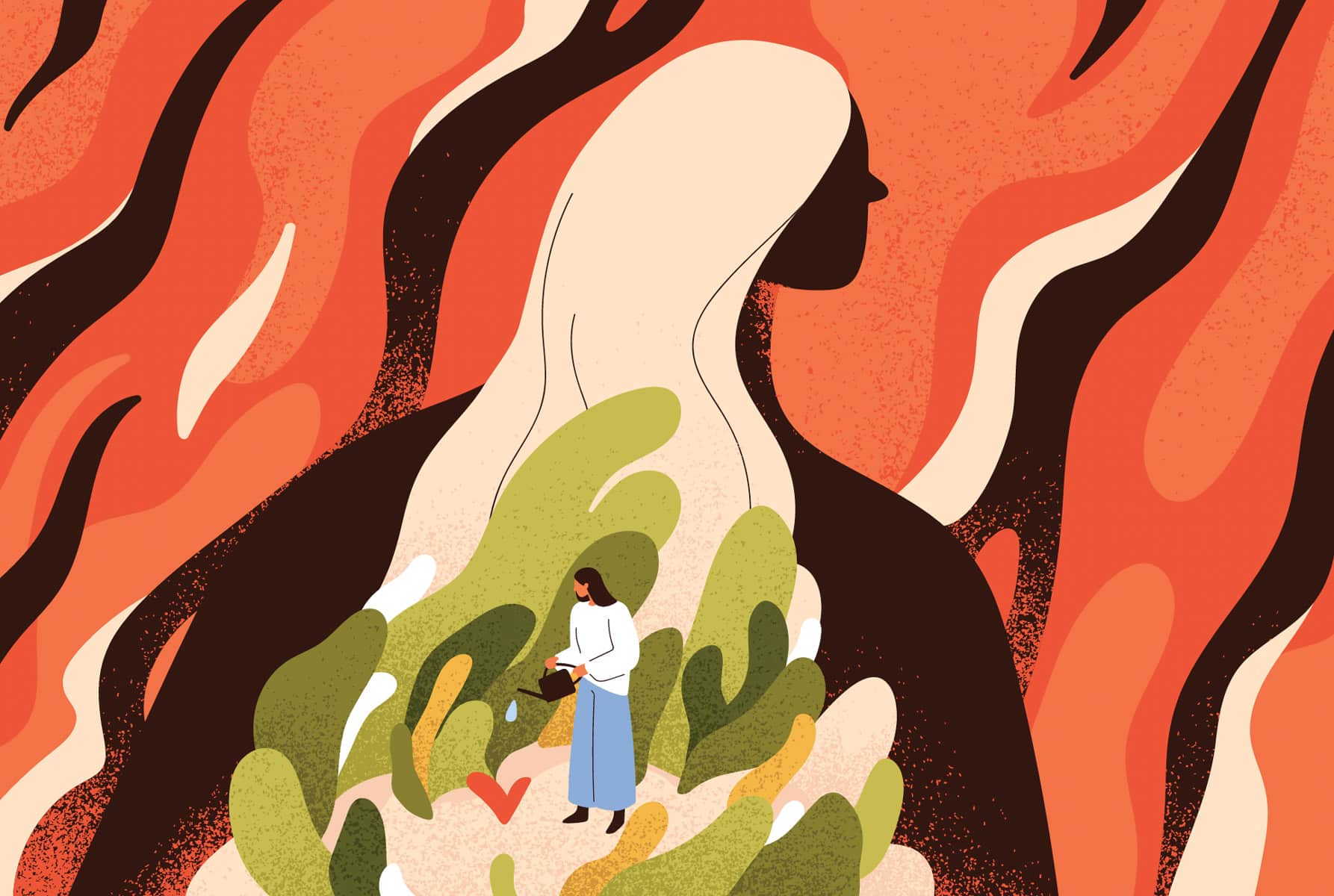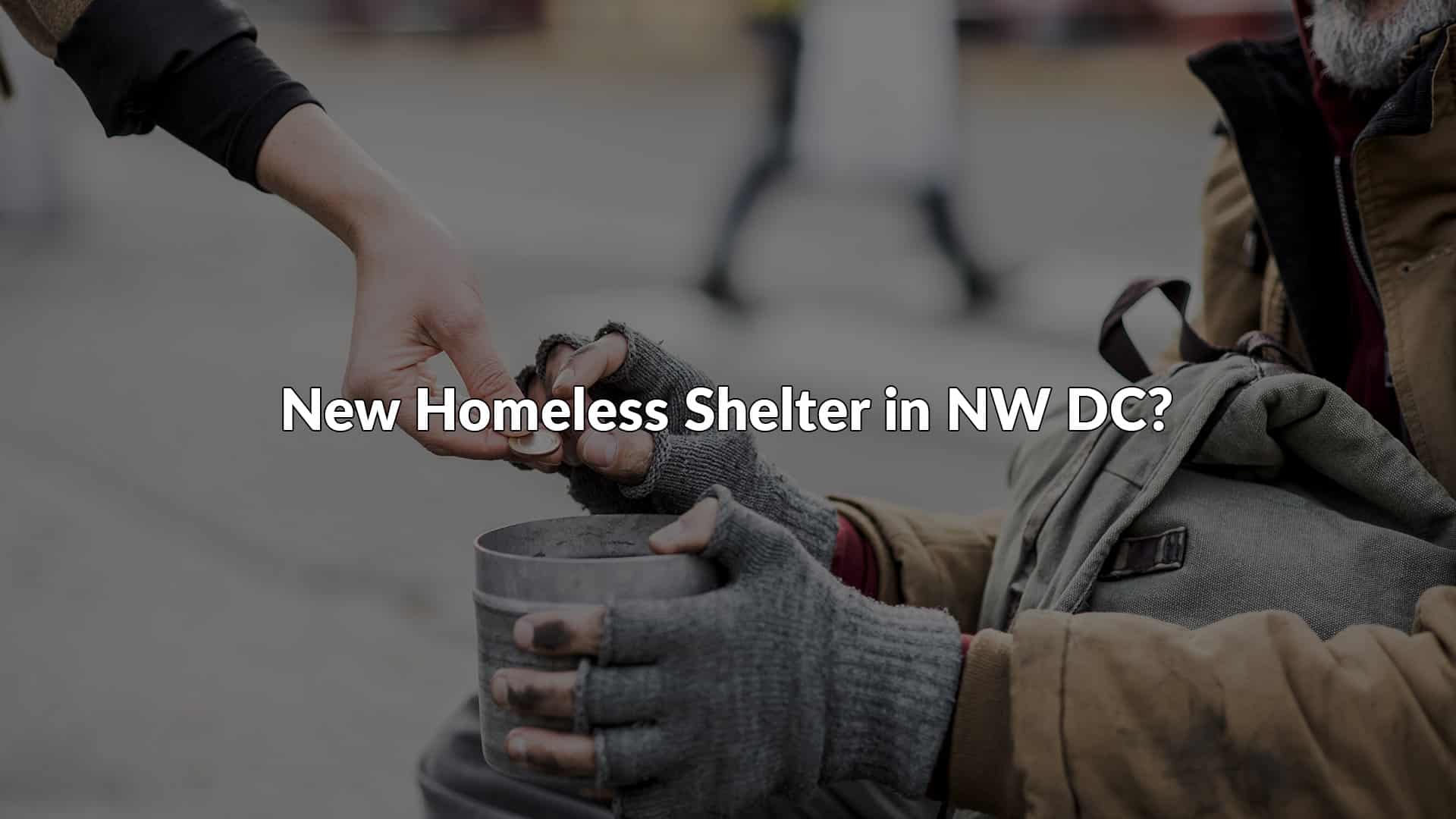Driver Keith Avila began his Über shift after work on December 26, 2016. That shift began like most other days. That was, until he picked up two women and a girl requesting to be dropped off at a nearby Holiday Inn in Elk Grove, California. While driving, the women began coaching the girl about how to solicit sex. Avila stated that he understood what was happening by about the halfway point in their journey.[i] Avila heard the women tell the young girl that
“‘You’re gonna hug them; you’re gonna pat them down, make sure they don’t have no weapons. You ask him, “Do you have any weapons?” And then ask for the donations. Say “Do you have my donation?” Get the donation first. And then before you go in and do anything, get the donation first.’”[ii]
While the women were coaching the girl, Avila remembered one of the women mentioning a room number.[iii] Shortly after Avila dropped the group off, he gave the police the room number he overheard. Police arrested Destiny Pettway and Maria Westley on pimping and pandering charges. Disney Vang was arrested shortly thereafter “on suspicions of sexual activity with a minor, and has since been released.”[iv] All the while, Avila streamed the aftermath of his report on Facebook Live.
The New York Daily News discussed another instance of sex trafficking. During a late-night flight, a flight attendant noticed a disheveled young girl board her Seattle flight with a middle-aged man.[v] The flight attendant tried to talk with the pair and the man became defensive.[vi] This prompted the flight attendant to leave a message for the young girl in the bathroom, to which the young girl replied, “I need help.”[vii] The flight attendant notified the pilot and by the time the wheels were on the ground, the police were waiting to arrest the middle-aged man.[viii]
As these examples demonstrate, trafficking is not going away; in fact, more than 400 individuals were trafficked – either for labor or sex – last month.[ix] Trafficking may be happening in your community. Do you know the warning signs? Both the Department of Homeland Security and Amara Legal Center have a list of indicators that you can look out for. The following list, from Amara Legal Center, describes several areas of an individual’s life that may be impacted by sex trafficking.
Common Characteristics in Work and Living Conditions
Note if the client:
- Is not free to leave or come and go as he/she wishes and/or has to check in with someone regularly regarding his/her whereabouts
- Is under 18 years of age and is engaging in commercial sex acts
- Is in the commercial sex industry and has a pimp/manager
Important Note: A trafficked individual may refer to her pimp/trafficker as her boyfriend, husband, or daddy:
- Is unpaid, paid very little, or paid only through tips, or has to hand over what she earns
- Works excessively long and/or unusual hours
- Is not allowed breaks or suffers under unusual restrictions at work
- Owes a large and/or increasing debt and is unable to pay it off
- Was recruited for work through false promises concerning the nature and conditions of his/her work, or via a romantic partner
- Demonstrates an inability to attend school on a regular basis
- Is living or working in a location with high security measures (e.g. opaque or boarded-up windows, bars on windows, barbed wire, security cameras, etc.).
Poor Mental Health or Abnormal Behavior
Note if the client:
- Exhibits unusually fearful, anxious, depressed, submissive, tense, or nervous/paranoid behavior
- Reacts with unusually fearful or anxious behavior at any reference to “law enforcement”
- Avoids eye contact
- Exhibits a flat affect
Lack of Control
Note if the client:
- Has few or no personal possessions
- Lacks control over or his/her schedule or identification documents
- Is not allowed or able to speak for him/herself (e.g., a third party may insist on being present and/or interpreting)
- Has an attorney that he/she doesn’t seem to know or to have agreed to receive representation services from
Other Common Characteristic to Note:
- Has been “branded” by a trafficker (e.g. a tattoo of the trafficker’s name)
- These tattoos are often placed across the individual’s chest and a victim may say that the tattoo is the name of her boyfriend
- Claims to be “just visiting” and is unable to clarify where he/she is staying or to provide an address
- Exhibits a lack of knowledge of his/her whereabouts and/or does not know what city he/she is in currently
- Exhibits a loss of a sense of time
- Has numerous inconsistencies in his/her storyChronically runs away from home
- Makes references to frequent travel to other cities
- Is inappropriately dressed based on weather conditions or surroundings
- Makes references to terminology of the commercial sex industry that are beyond age specific norms
- Many victims develop loyalties and positive feelings towards the trafficker as a coping mechanism. There may be a strong emotional bond with the perpetrator even though this is a bond forged in trauma. Victims may also fear for the safety of their family and friends, including their children.[x]
The Department of Homeland Security, on the other hand, gives a formulaic list of questions to consider when determining whether an individual is being trafficked.
- Does the person appear disconnected from family, friends, community organizations, or houses of worship?
- Has a child stopped attending school?
- Has the person had a sudden or dramatic change in behavior?
- Is a juvenile engaged in commercial sex acts?
- Is the person disoriented or confused, or showing signs of mental or physical abuse?
- Does the person have bruises in various stages of healing?
- Is the person fearful, timid, or submissive?
- Does the person show signs of having been denied food, water, sleep, or medical care?
- Is the person often in the company of someone to whom he or she defers?
- Or someone who seems to be in control of the situation, e.g., where they go or who they talk to?
- Does the person appear to be coached on what to say?
- Is the person living in unsuitable conditions?
- Does the person lack personal possessions and appear not to have a stable living situation?
- Does the person have freedom of movement? Can the person freely leave where they live? Are there unreasonable security measures?[xi]
It’s worth noting that neither list is exhaustive and many of the factors may not be present. Human trafficking impacts everyone differently; however, recognizing the red flags is the first step to getting individuals the services he/she/ze needs.
[ii] Id.
[iii] Id.
[iv] Brian Latimer, Uber Driver Save 16-Year-Old Girl from Sex Trafficking, NBC News (Dec. 29, 2016, 2:21 PM), http://www.nbcnews.com/news/latino/uber-driver-saves-16-year-old-girl-sex-trafficking-n701241.
[v] Nancy Dillon, Flight attendant uses secret message to rescue teen girl from sex trafficking on Calif. flight, New York Daily News (Feb. 6, 2017, 1:17 PM), http://www.nydailynews.com/news/ national/flight-attendant-rescues-teen-girl-human-trafficking-article-1.2965478.
[vi] Id.
[vii] Id.
[viii] Id.
[ix] Id.
[x] Amara Legal Center, Identifying a Victim of Sex Trafficking: Common Characteristics, http://www.amaralegal.org/ wp-content/uploads/2016/06/How-to-Identify-a-Victim-of-Sex-Trafficking.pdf, (last visited Feb. 15, 2017) (citing Polaris Project. (2014). Potential trafficking indicators. Retrieved from http://www.polarisproject.org/resources/ resources-by-topic/human-trafficking.)
[xi] Blue Campaign, Indicators of Human Trafficking, Department of Homeland Security, https://www.dhs.gov/blue-campaign/indicators-human-trafficking, (last visited Feb. 6, 2017).



